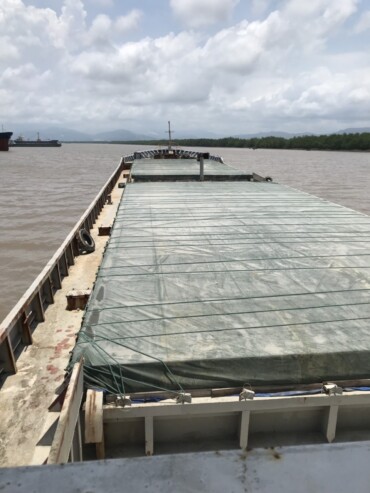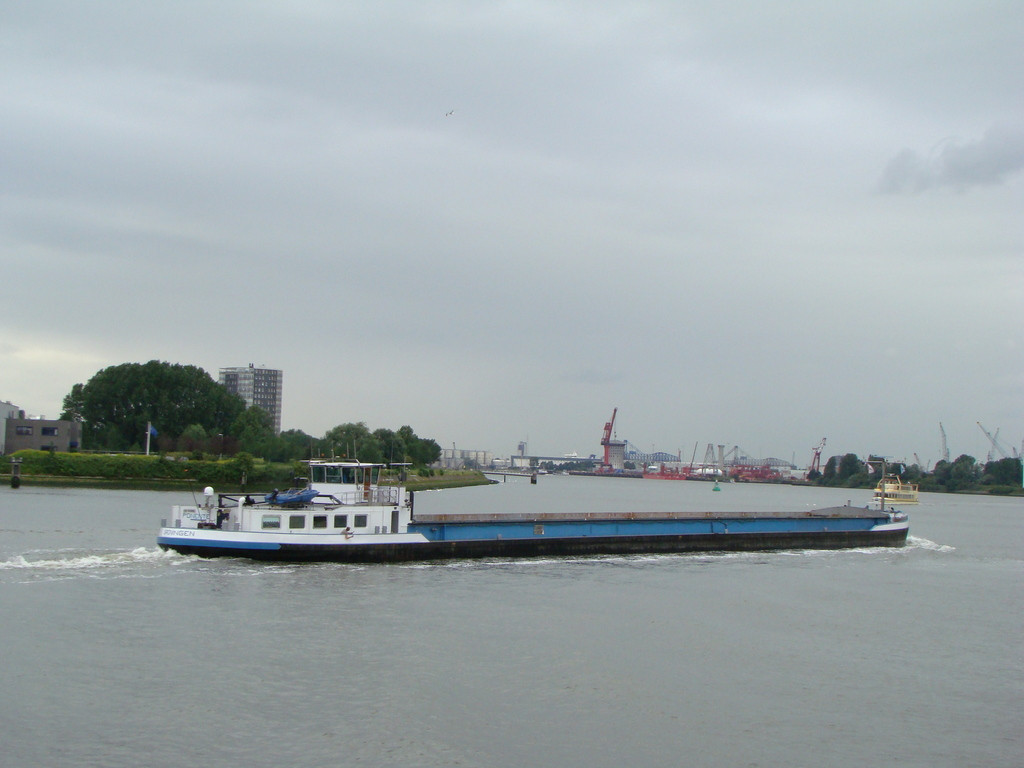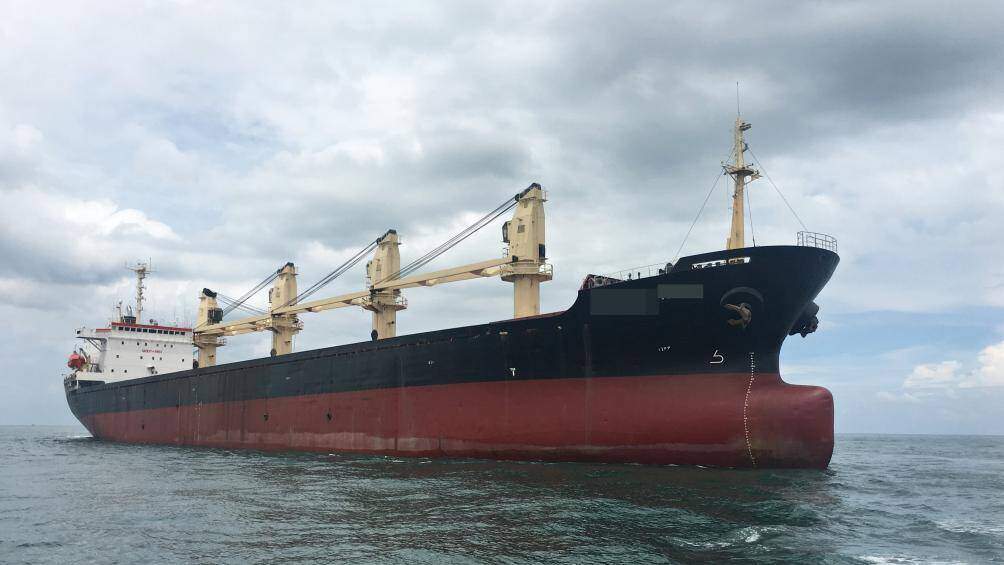International trade is based on the notion of exchange, which involves what is being traded, the partners involved as well as the transactional environment in which trade takes place, namely customs procedures (tariff and non-tariff barriers). International trade is seen as a series of commercial transactions between trade partners that tracks the value of what is being traded and the types of goods these transactions involve. Classification regimes. such as the standard international trade classification, allow for well-defined trade categories to which customs rules can be applied. The extent of trade, either in value or volume, is an abstract expression of the quantity of goods being exchanged as they do not represent the actual physical flows supporting trade transactions.

Orient Wealth is a trading commodity. We have experienced in
- Importing coal from Indonesia coal
- Selling fly ash and slags
- Importing and exporting materials such as clinker, gypsum, cement, etc.

The physical realization of international trade requires a transport chain. It is a series of logistical activities that organize modes and terminals, such as railway, maritime, and road transportation systems, and thus the continuity along the supply chain through a set of stages, the most common being:
The first stage in the transport chain is composition, where loads are assembled at the origin, often on pallets and containers. Composition is an important process as it tries to achieve economies of scale over a transport chain by providing larger and easier to handle load units necessary for international trade.

The cargo being traded then moves along the transport chain using a transport mode, commonly rail or road, to reach a terminal where it is transshipped on an international transport mode (port or airport depending on the nature of what is being transported). Additional economies of scale become possible as several load units can be consolidated into a single large shipment, such as a containership.
Once cargo enters another country through a gateway (point of entry), customs inspection takes place as the cargo is transshipped over the inland transport system. Customs procedures and delays are among the most constraining factors in global freight distribution.

The final stage of the transport chain, decomposition (the last mile), occurs in proximity to the final destination. Loads are broken down into units corresponding to effective demand, such as store orders. If the demand concerns retail goods, urban freight distribution strategies may be required.
In the operational reality of modes and terminals, international trade is a series of physical flows that may not necessarily use the most direct path but the least cost path. Inland corridors where economies of scale are more effective shape the structure of freight flows and the selection of the port of exit. On the maritime side, transshipment hubs have become strategic intermediary locations helping consolidate maritime flows and connecting different maritime systems of circulation. In such a setting, the container has become the fundamental element facilitating transfers between modes and supporting international trade flows. Distribution centers play an important role in physical flows since they can act as a buffer, helping reconcile the temporal and spatial requirements of demand.
